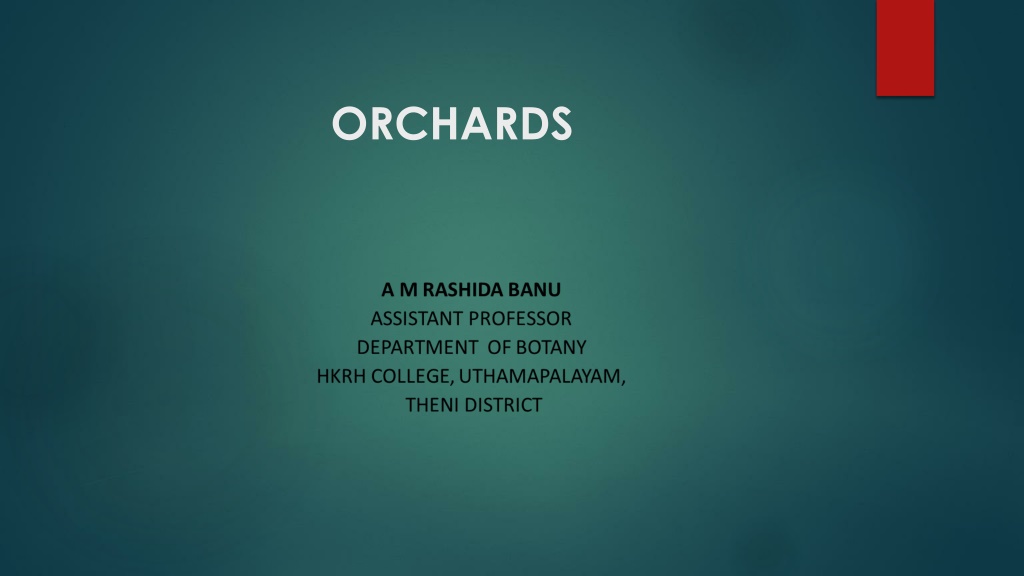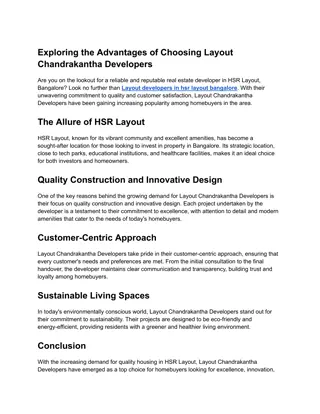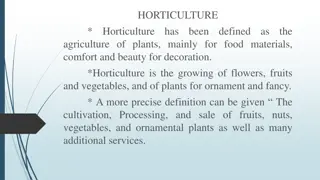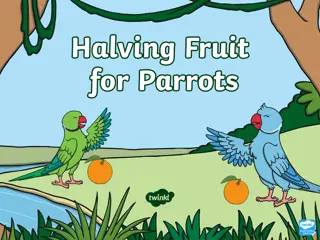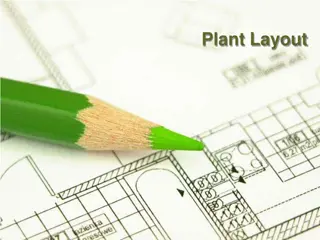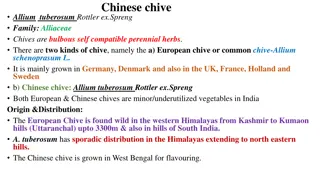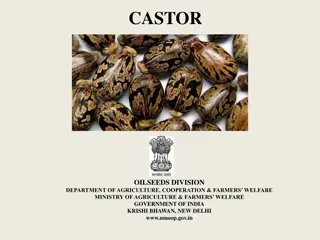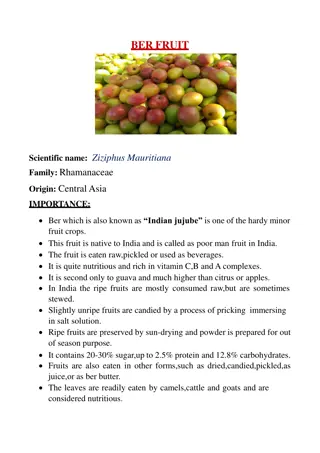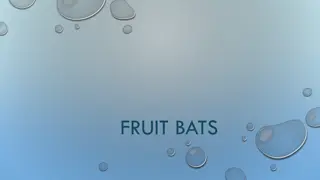Planning and Layout of Commercial Orchards for Fruit Cultivation
Proper planning and layout are essential for successful commercial orchards cultivating various fruits such as apples, mangoes, papayas, grapes, and more. Selection of site, drainage, spacing, and tree arrangement play key roles in maximizing yield. Different layout methods like square and rectangular systems provide convenience in orchard operations. The strategic arrangement of trees, irrigation channels, and windbreaks contributes to efficient cultivation practices.
Download Presentation

Please find below an Image/Link to download the presentation.
The content on the website is provided AS IS for your information and personal use only. It may not be sold, licensed, or shared on other websites without obtaining consent from the author. Download presentation by click this link. If you encounter any issues during the download, it is possible that the publisher has removed the file from their server.
E N D
Presentation Transcript
orchards AREA CULTIVATION OF FRUIT CROP ON COMMERCIAL SCALE EG APPLE , MANGO, PAPAYA, SAPOTA, GRAPES, BANANA, ORANGE ETC
Planning of orchards Selection of proper site Proper drainage Fertile Optimum spacing Office building Wells in every 5 to 10 acres Plants with fruits ripening at the same time shd be grouped together Large trees should not mixed with small trees Irrigation channels for every 100 ft of length 3 inches of slope Short trees should be at front and long at back
Evergreen trees at front and decicuous at back Fruits that attract birds and animals should be close to watchman shed Green fence eg Prosopis, Pithecolobium, Thevetia, Tamarind Wind breaks essential eg Azadirachta Indica, Polyalthia, Casuarina.
Layout of orchards Methods of planting maximum number of fruit trees per hectare, roviding adequate space and ensuring convenience in orchard operations Square Rectangular Hexagonal Diagonal Triangular Contour
Square system simplest of all the system and is adopted widely. the plot is divided into squares and trees are planted at the four corners of the square, in straight rows running at right angles. While laying out the plot a base line is first drawn parallel to the road, fence or adjacent orchard, at a distance equal to half the spacing to be given between the trees. Under this system, intercultural operations, spraying, harvesting etc., can be done conveniently and easily. Planting of quick growing fruit trees like papaya, banana, guava during the early life of the orchard is possible. Rising of inter-crops like vegetables, ginger, turmeric, cumin, coriander and such other spices can be done conveniently cultivation and irrigation can be done in two directions.
Rectangular system In this system, the plot is divided into rectangles instead of squares and trees are planted at the four corners of the rectangle in straight rows running at right angles. The same advantages which have been mentioned in the square system are also enjoyed here. The only difference is that in this system more plants can be accommodated in the row keeping more space between the rows.
Hexagonal system In this system, the trees are planted at the corners of an equilateral triangle and thus, six trees from a hexagon with the seventh tree at the centre. This system is generally followed where the land is costly and very fertile with ample provision of irrigation water. Though 15 per cent more trees can be planted in a unit area by this method over the square system, fruit growers usually do not adopt it, as it is difficult to layout and cultivation in the plot cannot be done so easily as in the square
Diagonal This system of planting fruit trees is similar to square system, except that a fifth tree is planted at the centre of each square. As a result the tree number in an unit area becomes almost double the number in the square system. The additional tree in the centre is known as filler . The fillers are usually quick growing, early maturing and erect type fruit trees like banana, papaya, pomegranate, etc., which are removed as soon as the main fruit trees planted at the corner of the square come into bearing. The planting of filler trees provides an additional income to the grower in the early life of the orchard
Triangular system In this system, trees are planted as in the square system but the plants in the 2nd, 4th, 6th and such other alternate rows are planted midway between the 1st, 3rd, 5thand such other alternate rows. This system has no special advantage over the square system except providing more open space for the trees and for intercrops. It is not only a difficult layout but cultivation also in the plots under this system becomes difficult.
Contour system It is generally followed on the hills with high slopes. It particularly suits to a land with undulated topography, where there is greater danger of erosion and irrigation of the orchard is difficult. The main purpose of this system is to minimize land erosion and to conserve soil moisture so as to make the slope fit for growing fruits. So, the contour line is designed and graded in such a way that the flow of water in the irrigation channel becomes slow and thus finds time to penetrate into the soil without causing erosion.
